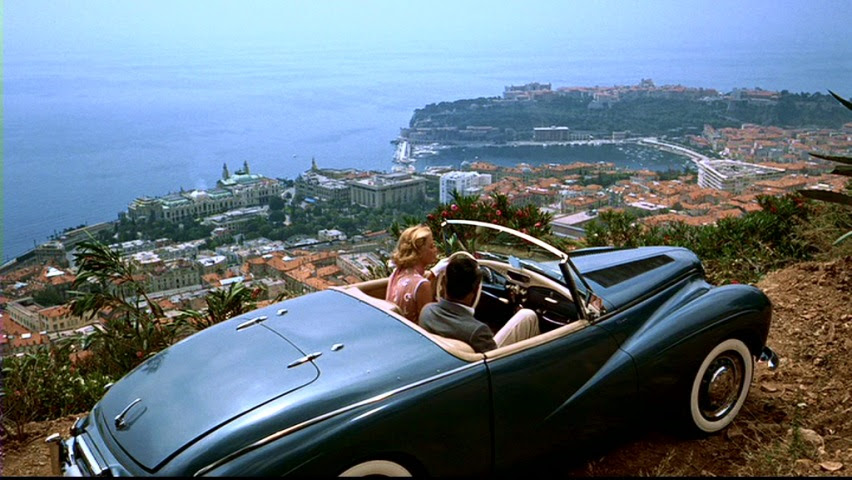Today's encore selection -- from Art Theft and the Case of the Stolen Turners by Sandy Nairne.
Stealing famous art brings the challenge of overcoming heightened security measures as well as the difficulty of selling an easily identifiable work. Often, the motive is to provide collateral for a large drug deal:
"Theft of really valuable art has strongly romantic connotations, enhanced in literature and film. The narrative builds on the nineteenth-century tradition of the gentleman thief, such as Adam Worth, and on accounts of well-known losses -- whether the Mona Lisa from the Louvre in 1911, the Goya from the National Gallery in 1961 (fifty years later to the day), the Vermeer from Kenwood in 1973 or the loss of the Rembrandt from Dulwich Picture Gallery, stolen four times between 1966 and 1983 (the most stolen work of art in the world). The invention of mysterious, avaricious collectors such as H. G. Wells's Captain Nemo or world-threatening criminals like Ian Fleming's Dr No feeds into the immediacy with which film conveys the thrill of a brilliantly orchestrated theft, whether Topkapi or The Thomas Crown Affair. This is the context for some audacious thefts of recent years, in which the loss of the two late Turner paintings in Frankfurt in 1994 appears as part of a sequence that includes the attack on the Isabella Stewart Gardner Museum in Boston in 1990, the thefts of versions of The Scream in Oslo in 1994 and 2004, the loss of Cellini's Saliera in Vienna in 2003 and the theft of works by Matisse, Picasso and others from the Musée d'Art Moderne in Paris in May 2010.
"Art crime replays its own myths. Many film viewers would admire as a creative challenge the ability to overcome complex security systems, whether in a bank, military facility or a modern museum, and similarly public condemnation of criminal behaviour is reduced if a thief is clever or ingenious. The 'art' of art theft is extensively explored within the genre of detective fiction, and the activity of actual art theft may, in a self-conscious sense, be 'performed' in order to gain kudos in the criminal fraternity. In addition to the physical and logistical battle to prevent unauthorized entry to well-protected properties, combating high-level art theft is a struggle with mythology itself........MUCH MORE
Related:
What Do You Do With a Stolen van Gogh? This Thief Knows"
The art of stealing: "The tragic fate of the masterpieces stolen from Rotterdam"
"Meet the Art World’s Most High-Profile Detective"
"Exoskeletons are the new weapon of choice for ambitious criminals"
The Case of the Mafia and the Stolen Caravaggio
Loot From World's Biggest Art Heist Probably In Ireland-Investigator (plus the 'catalogue' of the Hermann Göring collection)
Valuation: "Dark-Web Shoppers Are Bidding $350,000 in Bitcoin for a Stolen Painting—and It’s Likely a Fake"
Art Basel/Art Miami: Diddy Dislocates Drake's Shoulder, Picasso Stolen
Italy's Anti-Mafia Police Find Stolen Van Goghs
Assets that Ain't Going to Germany: "Picasso, Mondrian works stolen in Athens art heist"
Picasso, Matisse, Monet paintings stolen from Dutch museum in daring heist
How Do You Sell a Stolen Painting?
In the wake of last night's epic theft from a Dutch museum, the founder of the FBI's art crimes team explains why stealing masterpieces is a terrible business plan.
On the other hand jewelry thieves have to be the top o'the heap:
"Venice jewellery heist: expert insight from the 'gentleman thief’"
...And then there's always Cary Grant, Grace Kelly, French Riviera, directed by Hitchcock:

The picnic scene that overlooks Monaco: 1009 D53 (Avenue des Anciens Combattants d'Afrique du Nord), 06240 Beausoleil.[1]
[1] Le Stuff: To Catch A Thief
From: "To Catch a Thief (1955) - locations"
Here's a side-by-side comparison of how the locations have changed